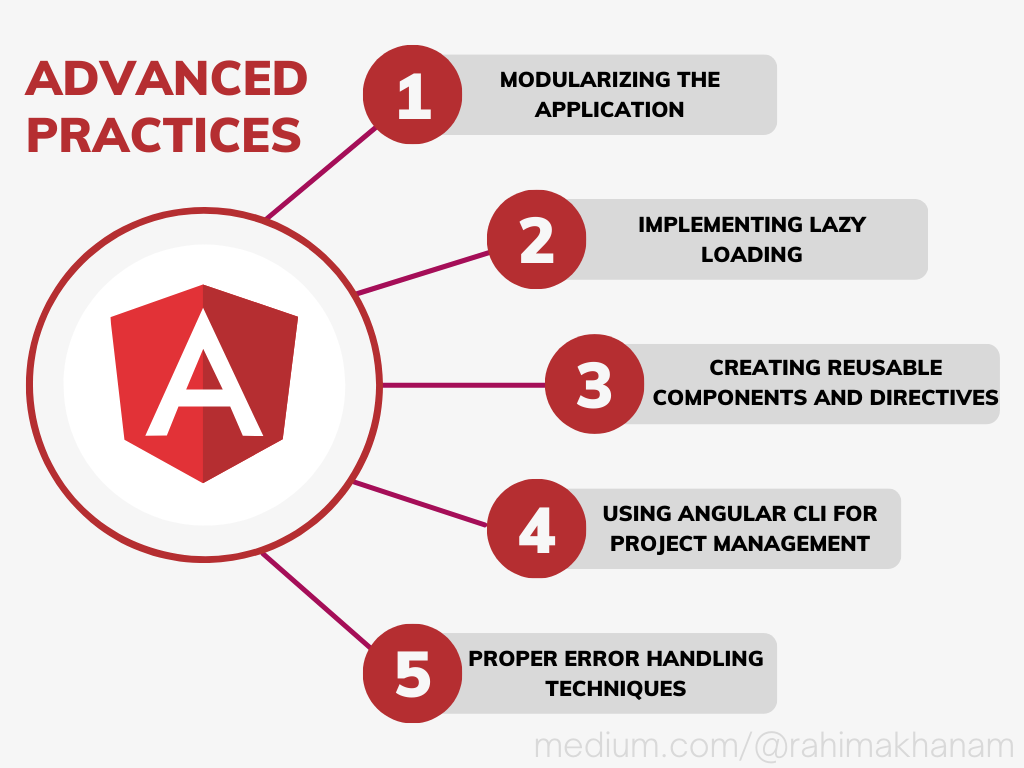ABCDou Insights
Exploring the world of news, trends, and information.
Angular Development: Where Components Have Feelings Too
Discover the emotional side of Angular development! Explore how components feel and react—transform your coding experience today!
Understanding Angular Components: The Heart of Your Application
Angular components are the building blocks of any Angular application, serving as the core element that defines both the UI and the behavior of your application. Each component encapsulates its own functionality, consisting of an HTML template that defines its view, a TypeScript class that contains its data and logic, and a CSS stylesheet that styles the template. This modular approach promotes reusability and maintainability, making it easier to manage large-scale applications. For a deeper understanding of components, you can refer to the official Angular guide.
To create a strong foundation in your Angular application, it's crucial to understand the lifecycle of a component. From initialization through destruction, each lifecycle hook, such as ngOnInit and ngOnDestroy, allows developers to tap into key moments during a component's existence. Learning how to effectively use these hooks can tremendously enhance application performance and user experience. For further reading on lifecycle hooks, check out this helpful resource that illustrates their practical applications.

Emotional Components: How State Management Affects Your Angular App
In modern web applications, particularly those built with Angular, state management is crucial for maintaining a seamless user experience. The emotional components of user interaction can significantly influence how effectively users engage with your app. When state management is handled well, it promotes a feeling of reliability and consistency, which can alleviate feelings of frustration or confusion. As explored in Angular University, understanding the lifecycle of your application's state and organizing it efficiently can lead to smoother transitions and less cognitive overload for users.
Moreover, integrating various state management libraries like NgRx or Akita can enhance the emotional resonance of your Angular app. According to Nrwl, these libraries not only provide developers with robust tools for managing state but also create a framework that can allow users to interact more intuitively with the application. By aligning your app's functionality with users' expectations and emotions, you can create an engaging environment that encourages prolonged usage and satisfaction.
Why Every Angular Developer Should Care About Component Lifecycle
Understanding the component lifecycle in Angular is crucial for developers aiming to create efficient and responsive applications. Each component in Angular goes through a series of states, from creation to destruction, and being aware of these phases allows developers to manage resources effectively. This knowledge helps in optimizing performance, ensuring that operations such as API calls and event subscriptions are handled appropriately. For more insights on the component lifecycle, you can refer to the official Angular documentation on lifecycle hooks.
Moreover, mastering the component lifecycle empowers developers to enhance user experiences by controlling how components interact with user actions and application state. By leveraging lifecycle methods like ngOnInit and ngOnDestroy, developers can implement features such as loading indicators, cleanup of subscriptions, and more. Neglecting this aspect can lead to memory leaks and degraded performance, ultimately affecting user satisfaction. To further explore how lifecycle hooks can be utilized effectively, check out this detailed guide on Angular Component Lifecycle.